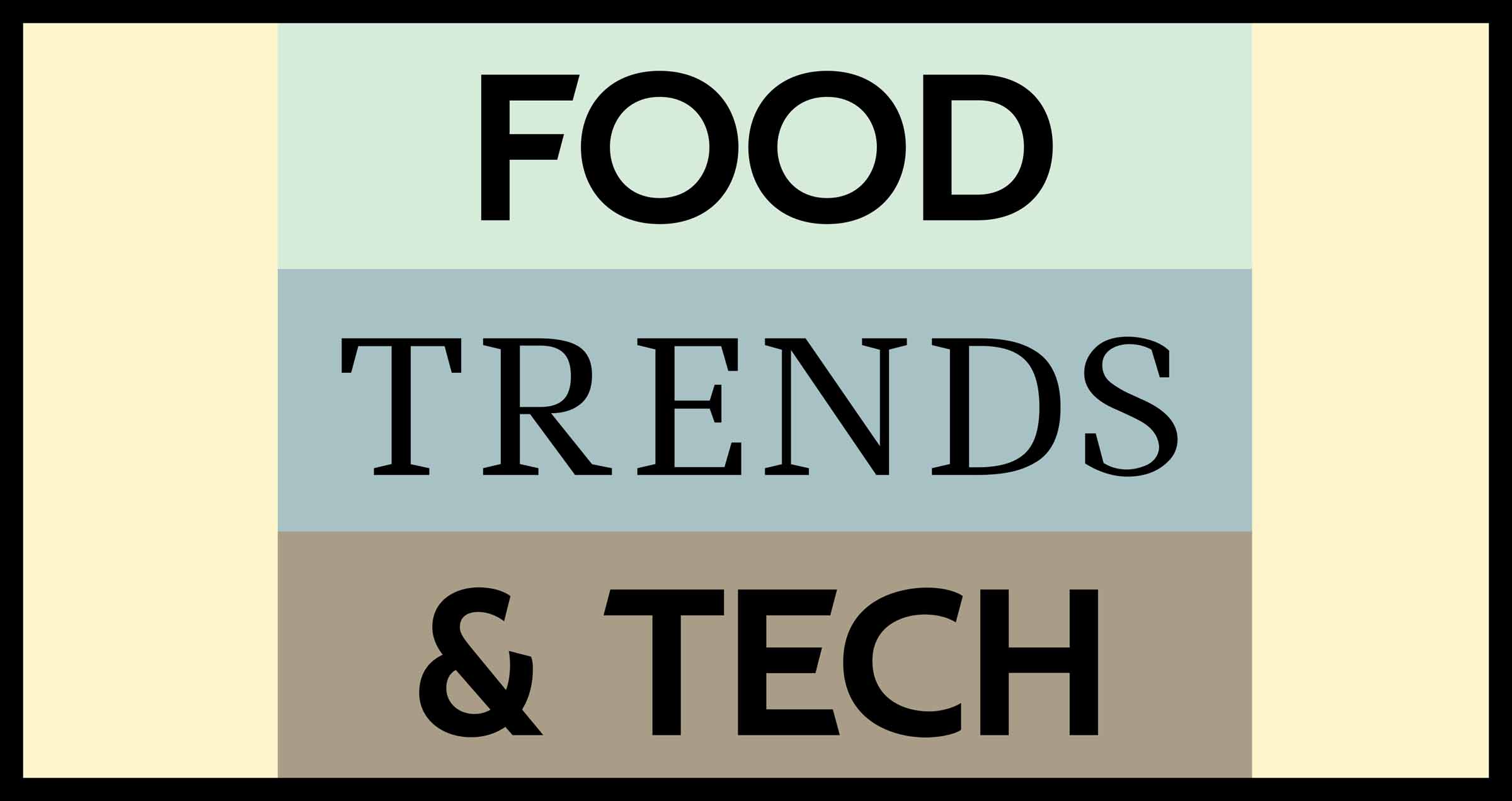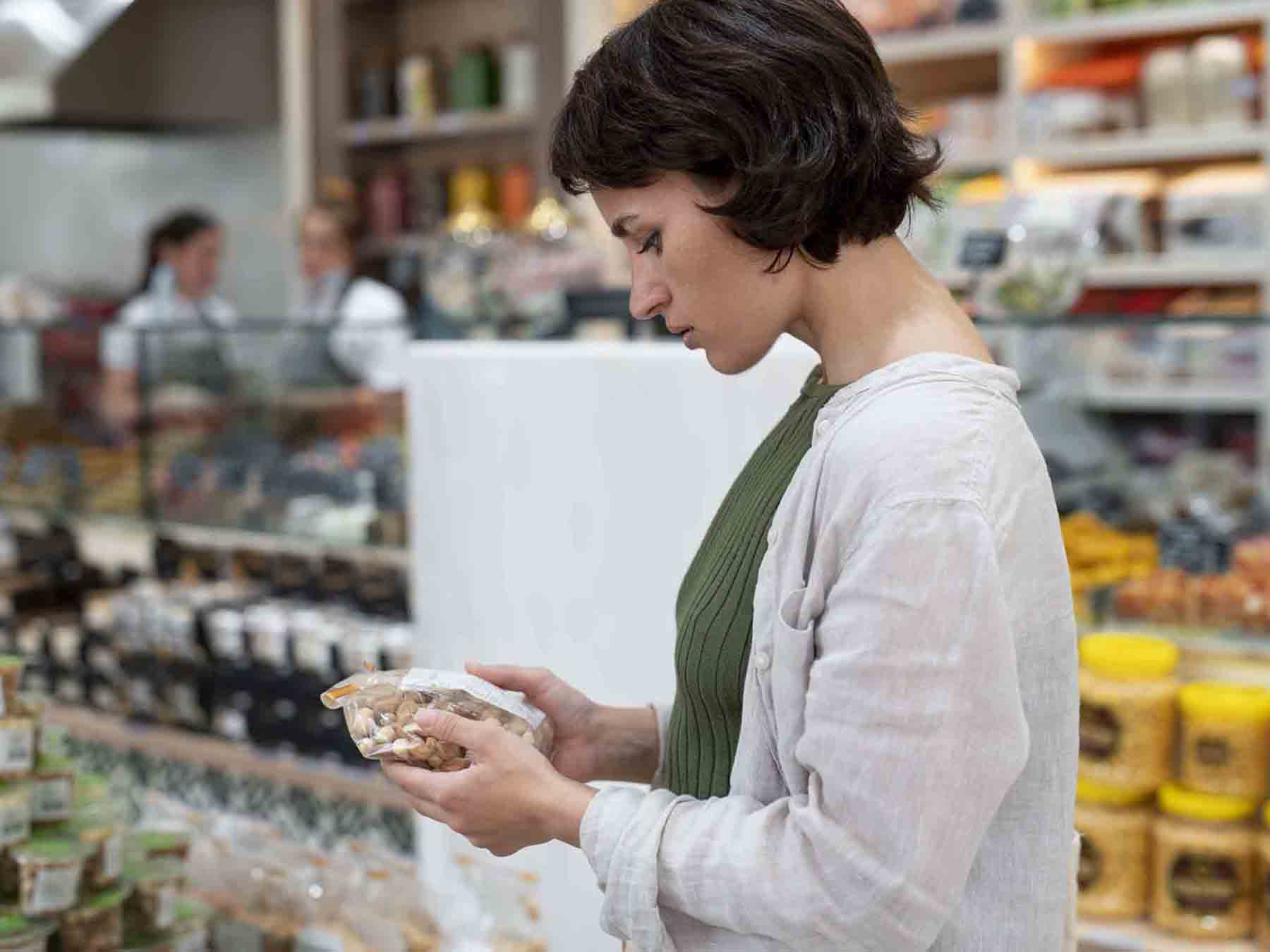According to the USDA’s economic research service (https://www.ers.usda.gov/topics/food-nutrition-assistance/food-security-in-the-u-s/key-statistics-graphics), one in 10 households faces food insecurity in the U.S. However, up to 40% of the nation’s food ends up in the trash, according to the FDA (https://www.fda.gov/food/consumers/food-loss-and-waste). Additionally, the World Bank estimates that we need to increase food production by 70% by 2050 (https://www.worldbank.org/en/topic/climate-smart-agriculture) to keep up with the growing population. With these statistics in mind, reducing food waste should be a top priority in the food industry, and it is at the Food Lab at Drexel University. Jonathan Deutsch, Ph.D., CHE, CRC, founded the lab in 2014. His presentation, “Upcycled Ingredients & Food Products: Challenges and Opportunities for Product Developers,” provided insights into consumer research into upcycled foods and the lab’s journey to becoming an upcycled food R&D lab. The presentation was given at the 2023 Clean Label Conference.
In a video within his presentation, Deutsch commented, “Waste is a social construct, so what you do with food determines whether it’s food or waste. We want to reframe waste to think of it as not recycling food waste but preventing food waste.”
In the Food Lab, food producers reach out with a problem, and students help provide solutions, including creating commercially viable products. “We’re getting many requests from food producers who want to green their habits or make healthier food, but they need help doing that,” Deutsch explained in the video. “They need ideas, energy, and talent, and we can work with them to provide that.”
Build Upcycling Integrity
One example project involved working with Baldor Foods to create a vegetable powder from fruit and vegetable scraps. One of their first applications was to reformulate a school muffin for Boston.
Using the powder, the new, upcycled muffins had a full serving of vegetables, which has now evolved into a full serving of fruit. “We have also tried to destigmatize upcycling,” Deutsch said. “In order for upcycling to work, the message can’t be that we’re taking our leftovers from those of us who have enough and giving them to people who don’t. We want the messaging to be: ‘We should all be working together to take advantage of this precious resource of food and use it to its highest potential.’”
While the Food Lab did not invent upcycling, they have helped apply it and define it within the food industry. Deutsch gave the current definition of upcycled foods as using ingredients that otherwise would not have gone to human consumption, are procured and produced using verifiable supply chains, and that positively impact the environment. Having a shared definition is important to ensure the integrity of the term and its application to products that meet the required standards.
Deutsch also offered insights into consumer research. Consumers see upcycled food as a new category closer to the organic and natural foods space than conventional food. However, consumer awareness around upcycled foods is very low. “You can look at that one of two ways,” he said. “One is ‘I’m not doing a very good job speaking, publishing, doing all this work, and my colleagues aren’t either, and we’re not getting much traction.’ That’s the pessimistic way to look at it. The optimistic view of it is as having much room for growth.”
Demystifying Concerns
Two of the key concerns Deutsch hears a lot are that people are going to get scared of upcycled food because of safety and quality concerns—which does happen—or they’re going to expect a discount because they know that a company is making money taking something that otherwise would have gone into the trash and upcycling it. At face value, there seems to be some truth to that concern.
“If you say, ‘Do you want a cookie or an upcycled cookie?’ they’ll take the cookie,” he explained. “But with messaging, that flips. If you say, ‘Here’s an upcycled cookie that reduces food waste and is good for the environment,’ they want that.”
What worked especially well was rational messaging with few direct words, such as “reduces food waste,” “good for the environment,” and “reduces greenhouse gasses.” (See sidebar below “Increase in Consumer Willingness to Pay.”)
“In 2019, we started the Upcycled Food Association with just nine founding members. That group has about 250 now…We also have an upcycled food certification and an upcycled ingredient certification,” Deutsch said. “[Upcycled food] has evolved to be more of a movement. We’re proud to be part of it.”
“Upcycled Ingredients & Food Products: Challenges and Opportunities for Product Developers,” Jonathan Deutsch, Ph.D., CHE, CRC, Professor and Director, Food Entrepreneurship and Innovation Programs, Dept. of Food and Hospitality Management, Drexel University/Vice President, Upcycled Food Foundation Board, https://www.linkedin.com/in/jonathan-deutschph-d-che-crc-364787/
Increased Consumer Willingness to Pay
One study in which Deutsch participated found that consumers would pay less for upcycled food than comparable conventional products. However, this reversed when messaging was added. In another study to which Deutsch contributed (Bhatt, S. et al. 2020. Food Quality and Preference. https://www.sciencedirect.com/science/article/abs/pii/S0950329320303049), if consumers’ willingness to pay for a conventional group of products was indexed at 4.46, the addition of “emotional messaging” increased their willingness to pay to 4.67, and “rational messaging” increased their willingness to pay to 5.11. Examples of emotional messaging included “perfectly good food is being thrown away” and “people are starving.” Rational messaging could be a few words, like “good for the environment.”
Click on the phrases below to see related articles on these topics at FoodTrendsNTech.com.

